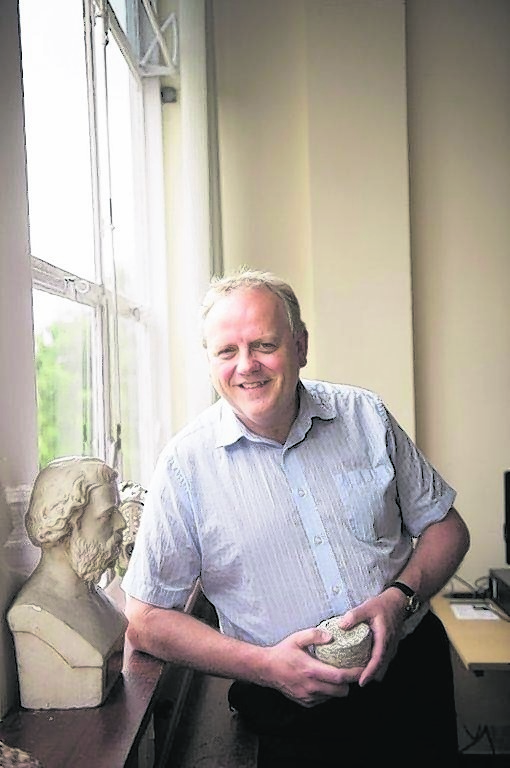Paul Younger, Rankine Professor of Energy Engineering at Glasgow University talks about renewables in Scotland’s future.
An attractive vision for the Scottish energy sector is set out in the independence white paper.
Revenues from reinvigorated oil and gas will subsidise “the most ambitious low-carbon economic transformation of any country”.
Successive UK governments squandered that opportunity – surely an independent Scotland would do better?
As matters stand, 94% of the difference between the costs of Scottish wind power and the wholesale price of electricity is met by English consumers.
This happens invisibly, thanks to the smooth operation of the UK National Grid, which the white paper wishes to retain, along with the single UK electricity market.
Yet would England feel compelled to buy preferentially from Scotland when it could shop around for the cheapest low-carbon energy from Ireland, the Netherlands and France? The current capacity of the Scotland-England grid connections suggest it might be disinclined to do so.
At present, the capacity is being upgraded – by the addition of a new subsea cable to Wales – to 5.5gigawatts.
That sounds a lot, but it corresponds to only 40% of Scottish peak demand, and is only marginally greater than the current installed capacity of Scottish windfarms – about 4.75gigawatts at the start of 2014. The planned addition by 2020 of a further 9gigawatts of wind capacity in Scotland raises interesting issues. Without urgent addition of further grid connections – paid for by whom? – much of the additional wind capacity will only be usable in Scotland.
Peak wind would match Scottish peak power demand – 13.75gigawatts.
Yet windfarms cannot be ordered to generate at times of peak demand.
Successive reductions at Peterhead and the closure of Cockenzie last year have significantly reduced Scotland’s capacity to generate power on demand, so that we already have to import power from England occasionally.
While the white paper fairly castigates the UK government for failing to ensure new thermal on-demand capacity, when Scotland’s last two nuclear power stations close, it will be Scottish Government policy that forbids any like-for-like replacement.
The no-nukes policy displays touching commitment to 1970s political ideals – but is badly out of touch with modern alternatives such as thorium, which produces little waste, can’t melt down and has no military uses.
Why not use that to provide baseload?
And then there’s heat. A total of 82% of Scottish households rely on gas for heating; the remaining 18% are twice as likely to be in fuel poverty.
Yet most North Sea gas is offshore England, not Scotland.
Without affordable gas, or aspirational opportunities such as geothermal, heating will have to be electrified, further exacerbating the grid pressure.
The deil’s awa’ wi th’ energy mix, it seems.
